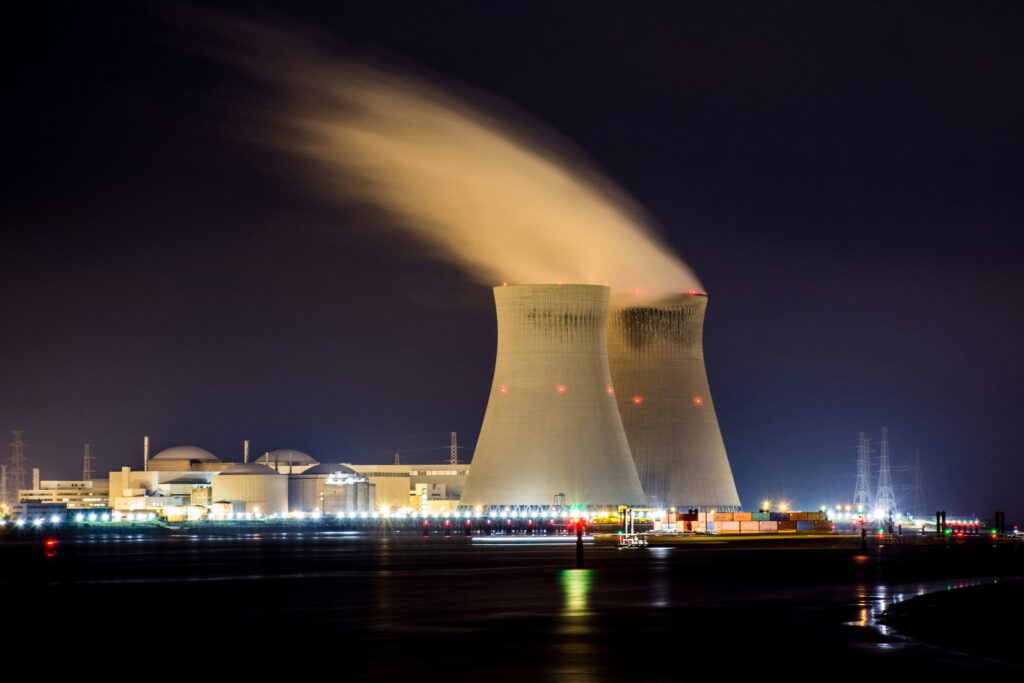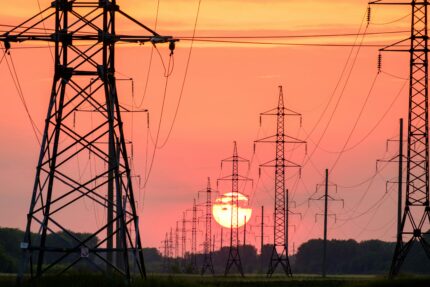
Sanae Takaichi, the newly elected leader of Japan’s ruling party, has advocated for accelerating the development of advanced nuclear technologies. She has previously called for achieving 100% energy self-sufficiency through next-generation reactors, Bloomberg reported.
This pro-nuclear stance would align with policies from previous administrations. They aimed to build new nuclear units and restart reactors shut down after the 2011 Fukushima disaster. Takaichi is expected to prioritize nuclear energy to help reduce Japan’s carbon emissions, said Mika Ohbayashi, director at the Renewable Energy Institute.
Takaichi, who could become Japan’s first female prime minister, has voiced concerns about the use of solar power. The ruling party leader has stated that she opposes ‘further covering our beautiful land with foreign-made solar panels’. Therefore, Takaichi plans to reform subsidy programs supporting solar energy. Currently, Japan imports most of its solar modules.
Takaichi’s favoured atomic technology is fusion. However, it is still in its early stages and is likely decades away from being commercially viable. Japan recently revised its national fusion strategy in June, aiming to develop demonstration projects in the 2030s. The party leader is also promoting investment in unlocking domestic and international fossil fuel resources to strengthen energy security.
While the US is advancing the development of small modular reactors, Japan may not be ready to embrace this technology just yet. In fact, domestic utilities and heavy industry manufacturers are focusing on larger-scale light water reactors.
Nuclear energy could become an area of promising collaboration between the US and Japan, said Ichiro Kutani, director of the energy security unit at Japan’s state-backed Institute of Energy Economics. The US government is investing in developing a uranium fuel supply chain, and Japan could participate in this initiative, he added.
While Takaichi advocates for nuclear power, it remains unclear what steps she could take to help speed up the restart of Japan’s idled reactors. Japan has 33 commercially available units. To this day, 14 of these units have resumed operation under stringent post-Fukushima regulations. The restart process faces significant regulatory obstacles and requires local government support.



